You are viewing prices for the United Kingdom 🇬🇧 🏴 🏴 🏴
Menu

You are viewing prices for the United Kingdom 🇬🇧 🏴 🏴 🏴
Men’s Clothing
Women’s Clothing
Children's Clothing
Women In Uniform
par Hannah Reece 5 lire la lecture 1 Commentaire

By CL McLaughlin
“In the garb and with the courage of a soldier” were the words used to describe Anne Marie Lane and her participation in the American Revolution as a soldier who fought alongside the continental army. Although stories of American women participating directly in combat during the revolutionary period are rare, such instances did occur. Most individuals who lived within the colonies were inspired by the thought of an independent nation apart from their British motherland. These colonists were angry at their government, their lack of representation on legislation that directly affected the colonies, and the thought of paying taxes to a nation that they felt was a foreign entity. With the rise of an independent American Government, many colonists sought to directly participate in the war effort. Although the traditional view of the patriot is usually masculine, women were also faced with the pressures of living in a colony under British rule. Women and men both felt slighted by the British government and government imposed regulations. Such regulations included increased taxation on popular items such as tea and cloth. Therefore the colonists, regardless of gender, desired independence from a motherland that they viewed as one that did not give them adequate representation when it comes to matters of taxation and governance.
When war broke out between Britain and the United States, many were inspired to join the war effort. As the United States formed an army to fight their British adversaries, many women sought to be a part of the struggle. Although the colonies did not readily accept the idea of women participating directly in the revolutionary war, they did not completely disregard the idea either. Although women often were found protecting the homestead during the revolution, some women participated directly in the war alongside their husbands and fellow countryman. Many of these women were considered to be followers to help with domestic duties, however many women throughout the war were presented with ample opportunity to show their bravery and devotion to the cause, not just as domestic partners but as fellow soldiers.
Perhaps the most famous example is Molly Pitcher. It has been an object of great debate among historians as to whether or not the story of Molly Pitcher is largely folklore meant to represent all fighting women during the American Revolution, or if it the actions described of Molly Pitcher were actually that of a single individual. There is no doubt however that Molly Pitcher herself did exist, in fact many agree that the story of Molly Pitcher is actually the story of Mary Ludwig Hays, with Molly being a common nickname for Mary during that period.
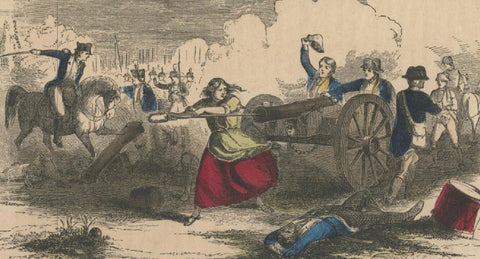
We do know that Mary Ludwig was born in Philadelphia Pennsylvania, and married to William Hays who enlisted in the continental army in 1777. Mary joined her husband in Valley Forge and participated in menial tasks such as laundry and cooking food for the soldiers. Molly earned her nickname during this time of domestic service, as the soldiers would shout “Molly! Pitcher!” when they wanted fresh water. Molly became a favorite among the soldiers and often took it upon herself to go above and beyond her required service. She truly showed her devotion to the cause in 1778, during the battle of Monmouth. During the battle Molly was bringing water to the troops on the battlefield through the gun fire and smoke. Although she was in the middle of gunfire she paid close attention to her husband who was working as an artilleryman loading the cannons. It wasn’t too long after the battle started that Molly noticed her husband had passed out from exhaustion. After bringing her husband to safety, Molly took his place on the battlefield by loading the cannons to fire at the enemy. After the battle she became known for her fearlessness and was recognized by General Washington, who made her a military officer for her bravery. In turn, she was given the nickname “Sergeant Molly” which stuck with her for the rest of her life.
The story of Molly Pitcher bears a striking similarity to one of Margaret Corbin, who too found her husband fallen on the battlefield and took his place loading cannons. It has been said that by watching her husband load a cannon for many years, Margaret was an expert artillery soldier, much to the astonishment of her fellow combatants. However, unlike Molly Pitcher she sustained a severe injury during Battle. Despite her injury, Corbin was officially registered for her bravery with the 1st American Regiment, and officially discharged from the army in 1783. After the war she was rewarded for her heroism with a $50 annual pension from the government of Pennsylvania. By receiving this income she became the first woman in the United States to receive a military pension.
Although they should be commended for their bravery, Molly Pitcher and Margaret Corbin did not intend on fighting in the American Revolution as a soldier, rather they sought to help the men fighting and their country by assisting them with basic needs such as food and water. Molly Pitcher and Margaret Corbin rose to the challenges that befell them and did what needed to be done in the face of adversity.
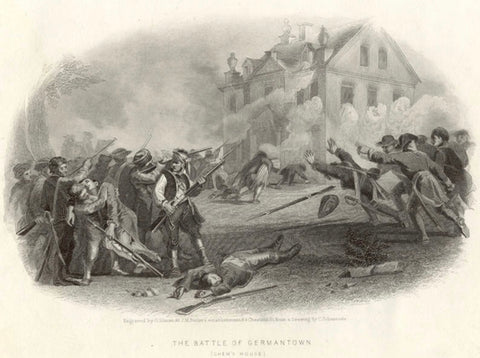
Alternatively, Anna Marie Lane followed her husband John into battle as a soldier. She dressed as a soldier, trained as a soldier and fought as a soldier. She was never questioned by the continental army on her gender as soldiers slept in their clothes and rarely bathed. Lane and her husband participated in many campaigns throughout the colonies, including the battle of Germantown. To be a woman, she knew the repercussions that would occur if she was ever found out. Therefore when she was wounded in the Battle of Germantown she never sought treatment for her wounds which eventually left her crippled for the remainder of her life. Despite her injuries, she served in the army until 1781, and retired to Virginia with her husband. After the war, Anna Marie Lane was given a pension of $100 a year for her participation in the war; she was described as performing extraordinary military service “in the garb and with the courage of a soldier”.Anna Marie’s story wasn’t actually acknowledged until the 1920’s when reporters in Richmond were uncovering pension records from the American Revolution and found her pension records amongst the documentation. Since that time a plaque has been erected in Richmond honoring her courage and participation in the revolutionary war.
Anna Marie Lanes story is an interesting one as it begs historians to research other women who were apart of the American Revolution as soldiers. Anna Marie Lane’s fellow soldiers just never asked the question of her. It can be assumed that as she was fighting in the war with her husband there must have been some suspicion that she was not a man. However,one would wonder if the other soldiers in her regiment even cared, as long as she was working with them to fight for the same cause. Anne Marie’s story is unique but not uncommon, often women in the Revolution were found out after their deaths on the battlefield or during treatment for a variety of wounds and diseases. However, you would have to wonder if the men around them suspected their gender, did not care what their gender was, or were indifferent to it. Historians in turn do not know the full scope of women’s participation as uniformed soldiers in the American Revolution; more study is needed on the subject especially as it pertains to primary source evidence, although that evidence is difficult to find. Despite the varying opinions on the subject, one must acknowledge the participation of and the impact made by women who fought for freedom during the American Revolution.
1 Réponse
Laisser un commentaire
Subscribe
Sign up to get the latest on sales, new releases and more …

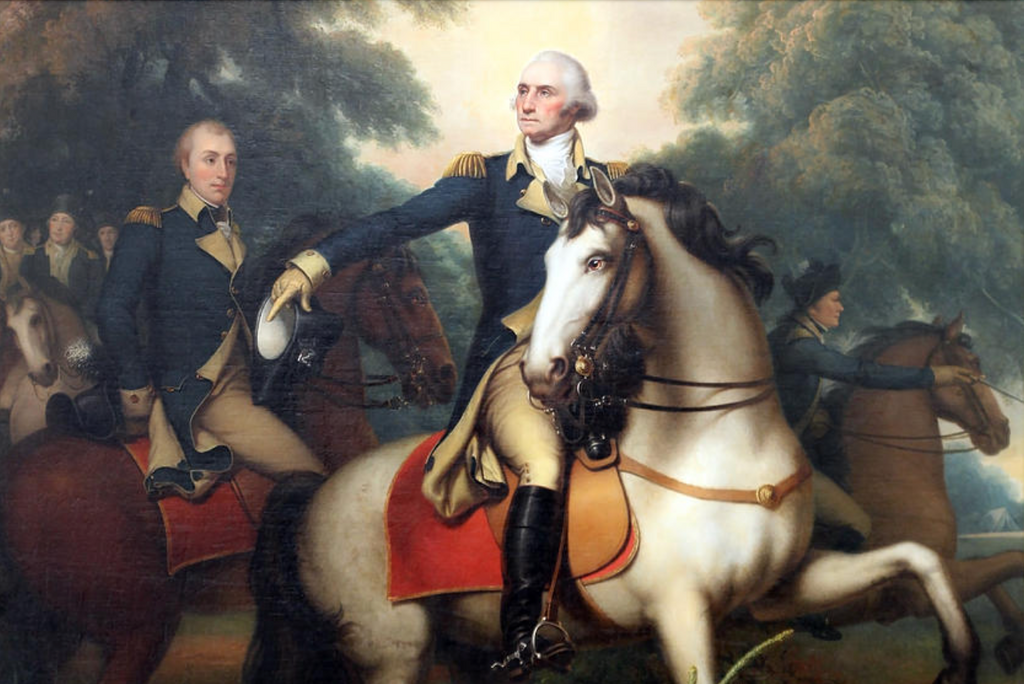
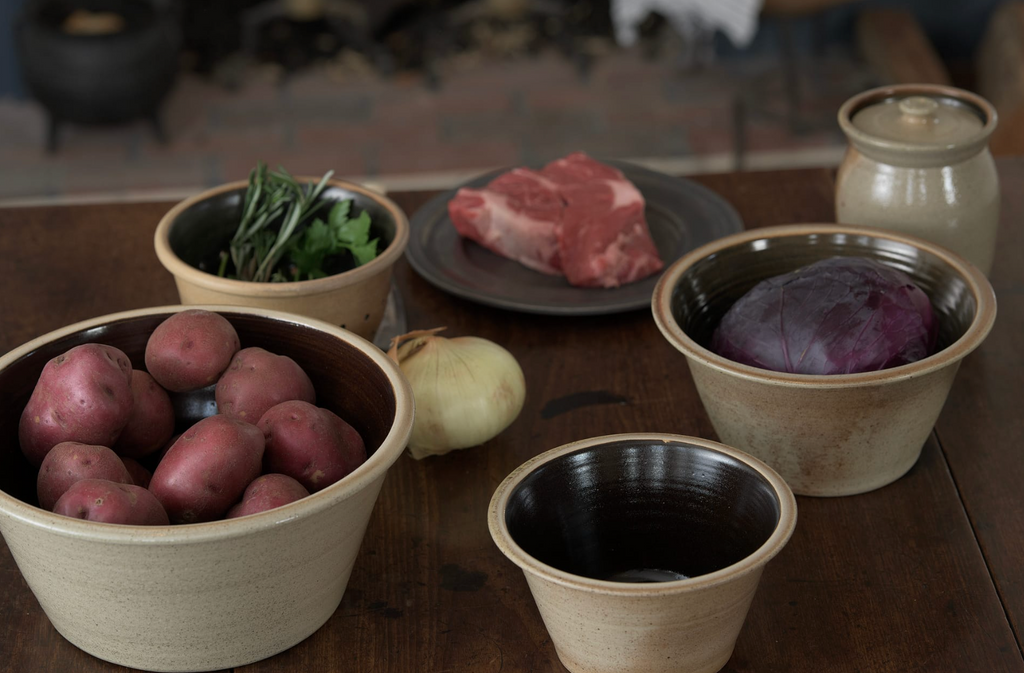
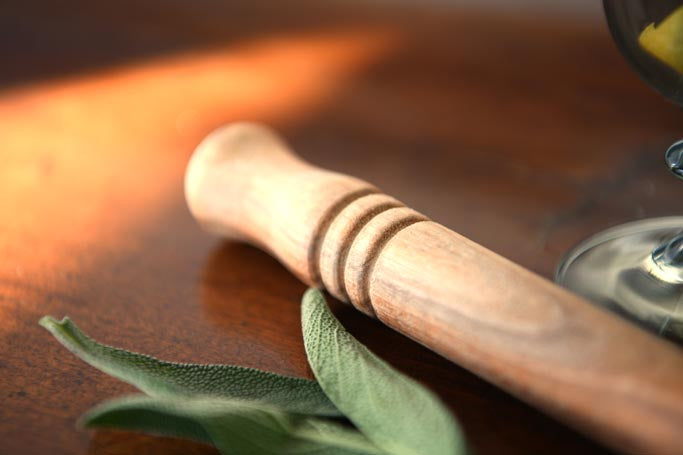
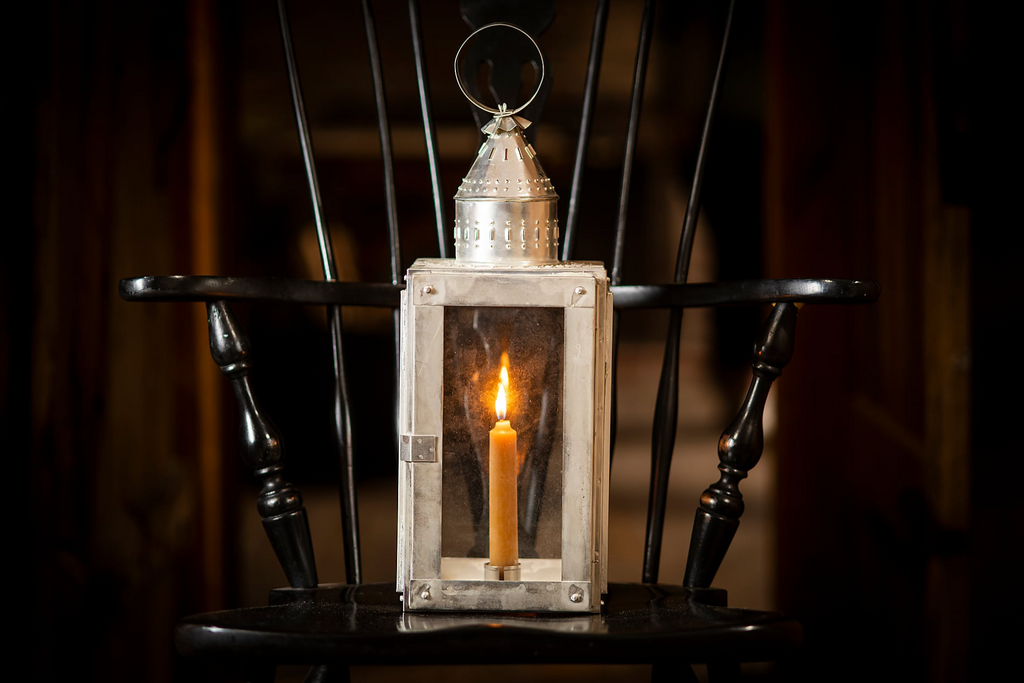
S Ren
mars 25, 2025
Hi! Thanks for sharing this great info! Please add my step-cousin Deborah Sampson (our own USA’s version of Mulan) to the list of women who soldiered in the revolutionary war. Her story should be made into a movie!